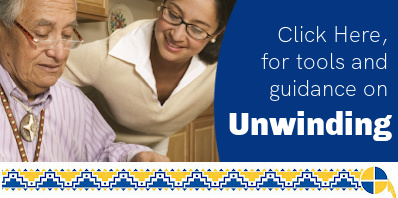
LTSS Models


The two main models for providing LTSS are home- and community-based care and facility-based care. The table below compares the main differences between the two models. It is important to note that, often, the care available to a patient under each model is quite similar. What is different is how the care is delivered and where the patient lives.
Comparing LTSS Models—What's the Difference?
| Question | Home- and Community-Based Care | Facility-Based Care |
|---|---|---|
| What LTSS services can be provided? | Medical and personal services to help with daily living tasks | Medical and personal services to help with daily living tasks |
| Where does the patient live? | In their own home, or with a family member | In a facility designed to provide LTSS to patients who live there |
| Where are the services provided? | By caregivers who visit the home, or by going out to visit providers in the community | Many services are provided by onsite caregivers who work at the facility |
| Who are the paid or reimbursable caregivers? | Family members can sometimes be certified as live-in or visiting caregivers, depending on the state's requirements. Other care can be provided by medical providers in the community | Caregivers are the professional medical staff who work at or visit the facility |
Under either model, the services available are determined by the funding or reimbursement options that your program has access to. For example, if state programs, such as Medicaid, play a large role in your program's funding, allowable services will be influenced by your state's definition of allowable services. Learn more about LTSS financing.
More information on the two main models of LTSS can be found in the sections below.
Home- and Community-Based Services (HCBS)
HCBS address the needs of people with functional limitations who need help with daily living activities. HCBS keep elderly and disabled people in their homes and in their home communities.
Two programs designed to help those needing care stay at home and in their communities are:
- PACE-Program of All-Inclusive Care for the Elderly: A comprehensive long-term care program for elders through Medicare and Medicaid. For most participants, care is delivered in the home. Learn more about the PACE program.
- MFP-Money Follows the Person: A program to encourage transitioning out of institutional care and into home/community settings. A special tribal MFP program increases funding available for tribal communities. Read more on the MFP Tribal Initiative.
Facility-Based Care
Here are some examples of facility-based care:
- Assisted living centers: help residents with daily activities, like bathing and grooming, but allow them to be fairly independent
- Adult family homes: offer home-like environments with small numbers of residents
- Nursing homes: provide constant medical supervision to residents
Providers can offer skilled nursing care, occupational therapy, speech therapy, physical therapy, dietary management, and/or hospice and palliative care.
Medicare offers a special type of plan that often covers people who live in care facilities:
- Medicare Special Needs Plans: Plans that allow patients with chronic or disabling conditions to receive care through a provider network specially designed for certain individuals. Read more.
Tribal Involvement
Each model offers many different choices for the level of tribal involvement. Your tribe can choose to support many different aspects of your program.
